Domestic Components
We stand by our products. The components we select are well established, reputable and backed-up by long-term warranties.
Panels & Inverters
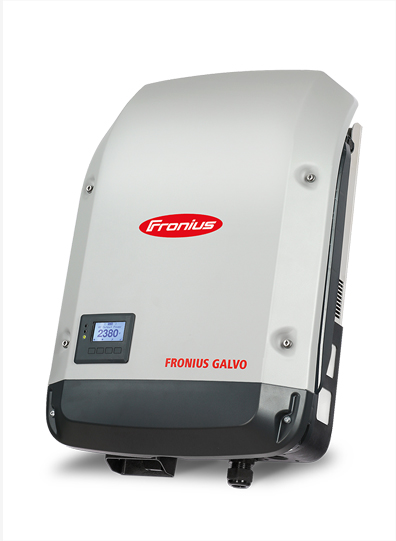
Fronius

Solar Edge
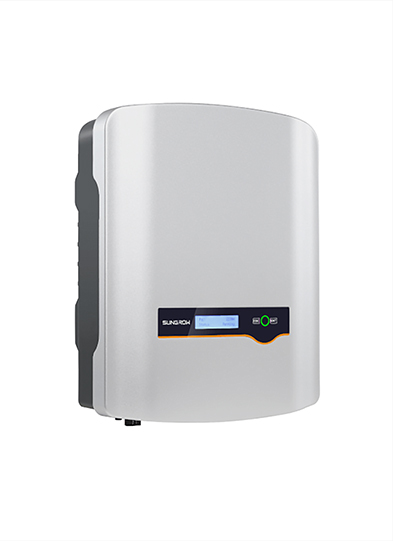
Sungrow
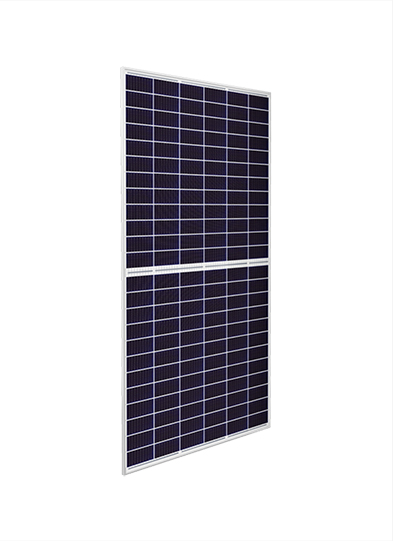
Canadian Solar
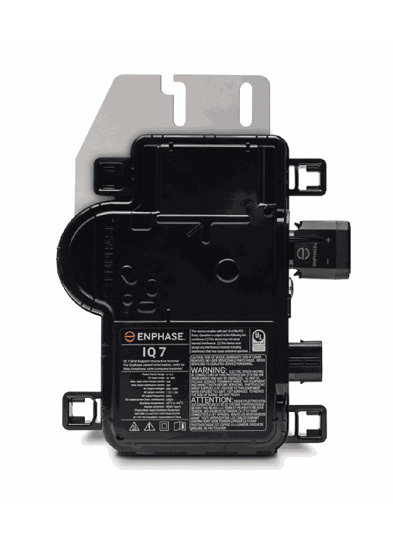
Enphase

Trina
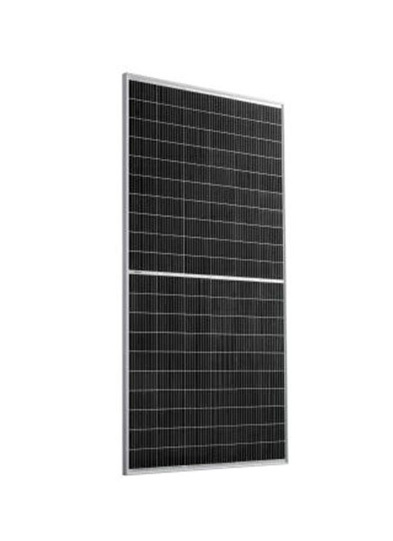
Jinko
Optimisation
A central string inverter system can only perform as well as its lowest performing panel. If an obstruction such as shade or a pile of leaves hinders a panel’s performance, every other panel within that string operates at the same diminished capacity. An analogy commonly used is water flowing in a kinked hose.
To overcome this optimisers can be used. With optimisers only the individual panel is affected while others keep performing to their fullest.
The two most common forms of optimisation are DC optimisers (Solar Edge & Tigo) and micro-inverters (Enphase).
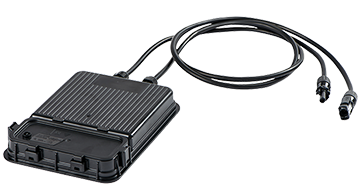
DC optimisers
DC optimisers allow individual panel optimisation and have the added benefits of individual panel monitoring, rapid shutdown of panels in case of an emergency and slightly more energy generation over the system’s lifetime.
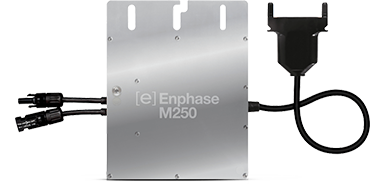
Micro inverters
Micro inverters incorporate all the functions of a string inverter and miniaturise it to solar panel level. Each solar panel has its own integrated optimizer and inverter attached at each panel. This also provides individual panel monitoring, slightly more generation etc. However, the main advantage of micro-inverters over optimisers is that the DC-AC conversion takes place on the panel. Therefore, the low-voltage DC never exceeds 60V versus up to 1000v on a commercial string inverter system. This limits potential hazards such as arc-faulting and fire commonly associated with high-voltage string inverters.
Monitoring
A system that monitors both solar generation and electricity consumption is crucial for your solar PV system. Without it, you won’t have the information required to ensure your system’s efficiency and minimise your post-solar bills. A good monitoring system will measure your energy consumption, solar electricity production, grid exports, grid imports, and battery charge and discharge power (if applicable).
It provides an immediate warning of a system shutdown or a subtle drop in system performance. Some 3rd party monitoring systems even use algorithms to compare what your system should be producing versus the actual generation.
Without a monitoring system, you may only be alerted to a fault with an unexpectedly high quarterly bill, potentially up to 3 months after the fault has occurred.
Looking at the data provides you with the necessary information to get the maximum value from your solar system, by shifting your energy consumption to within your solar profile.
When designing your system, we will discuss the various monitoring options and recommend a system to suit your installation. This could be specifying an inverter with monitoring capabilities or a 3rd party system. By making this small investment you can manage your energy use and be alerted of any system faults or sub-optimal performance.
Batteries
The average solar-only home feeds around three quarters of their solar power into the grid for as little as a third of the price they pay for energy. Storing that energy for use during peak periods, rather than exporting it to the grid for the lower feed-in tariff, can significantly reduce your electricity bills while also ensuring a reliable 24/7 source.
Batteries are becoming more common as they become more affordable and electricity prices continue to rise. The Solar Homes Program is also supporting eligible Victorian households to install a solar battery, by providing a point of sale discount up to $4,174.
A battery storage system is ideally suited to households unoccupied during the day, when no one is home to “self-consume” the energy generated by your solar system. They can also protect your home during a power outage, keeping essential loads such as refrigerators and lights running.
Furthermore, when paired with a smart energy management system, and during times of low solar production, energy can be drawn and from the grid at off-peak times, stored and used when power is more expensive.

